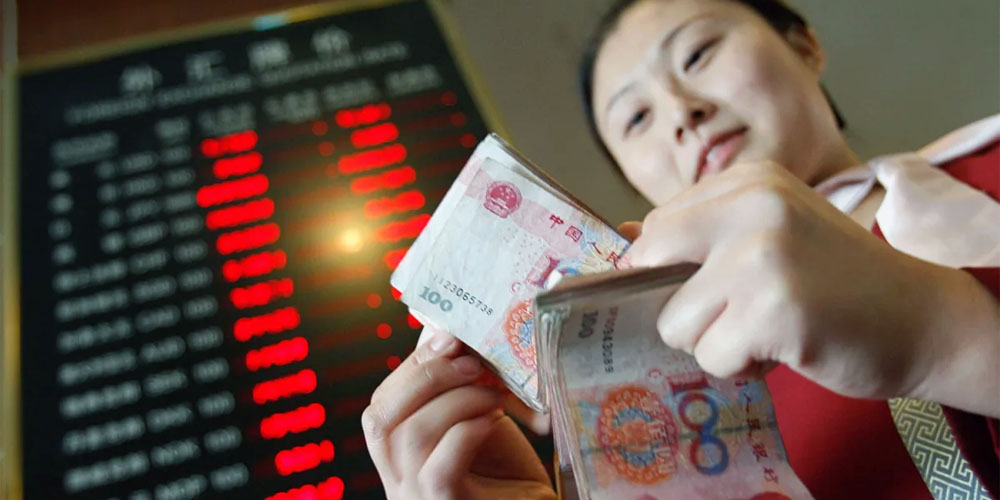In recent months, the People’s Bank of China (PBOC) has been gradually easing its support for the national currency, the yuan. This shift marks a significant change in the central bank’s approach, reflecting broader economic strategies and market conditions.
The gap between the official exchange rate and market estimates has narrowed to its smallest in a year. This indicates the regulator’s reluctance to allow excessive strengthening of the yuan. For much of the previous year, China maintained the yuan’s value through a mechanism known as the “fixing.” This involved setting a daily reference rate to counteract the country’s bleak economic outlook and the substantial yield discount relative to the United States. Additionally, state banks supported the yuan by selling dollars.
However, in recent months, the PBOC has begun to relax this fixing mechanism. This move comes in response to calls from former officials to loosen control over the currency, thereby paving the way for additional economic stimulus. A weaker yuan had been a barrier to further monetary easing, as lower yields in China reduced the attractiveness of local assets compared to those in other countries.
The central bank’s decision to dial back support for the yuan is also influenced by the need to balance economic growth with financial stability. By allowing the yuan to fluctuate more freely, the PBOC aims to create a more flexible and responsive monetary policy environment. This approach is expected to help mitigate the impact of external economic pressures and enhance the competitiveness of Chinese exports.
Despite these adjustments, the yuan has shown resilience in recent weeks. After experiencing significant depreciation earlier in the year, the currency has regained some of its lost value. This recovery is partly due to the PBOC’s strategic interventions and the broader market’s response to shifting economic conditions.
The gradual reduction in yuan support highlights the complexities of managing a major global currency in a volatile economic landscape. As China navigates its economic challenges, the central bank’s policies will continue to play a crucial role in shaping the country’s financial stability and growth prospects.
